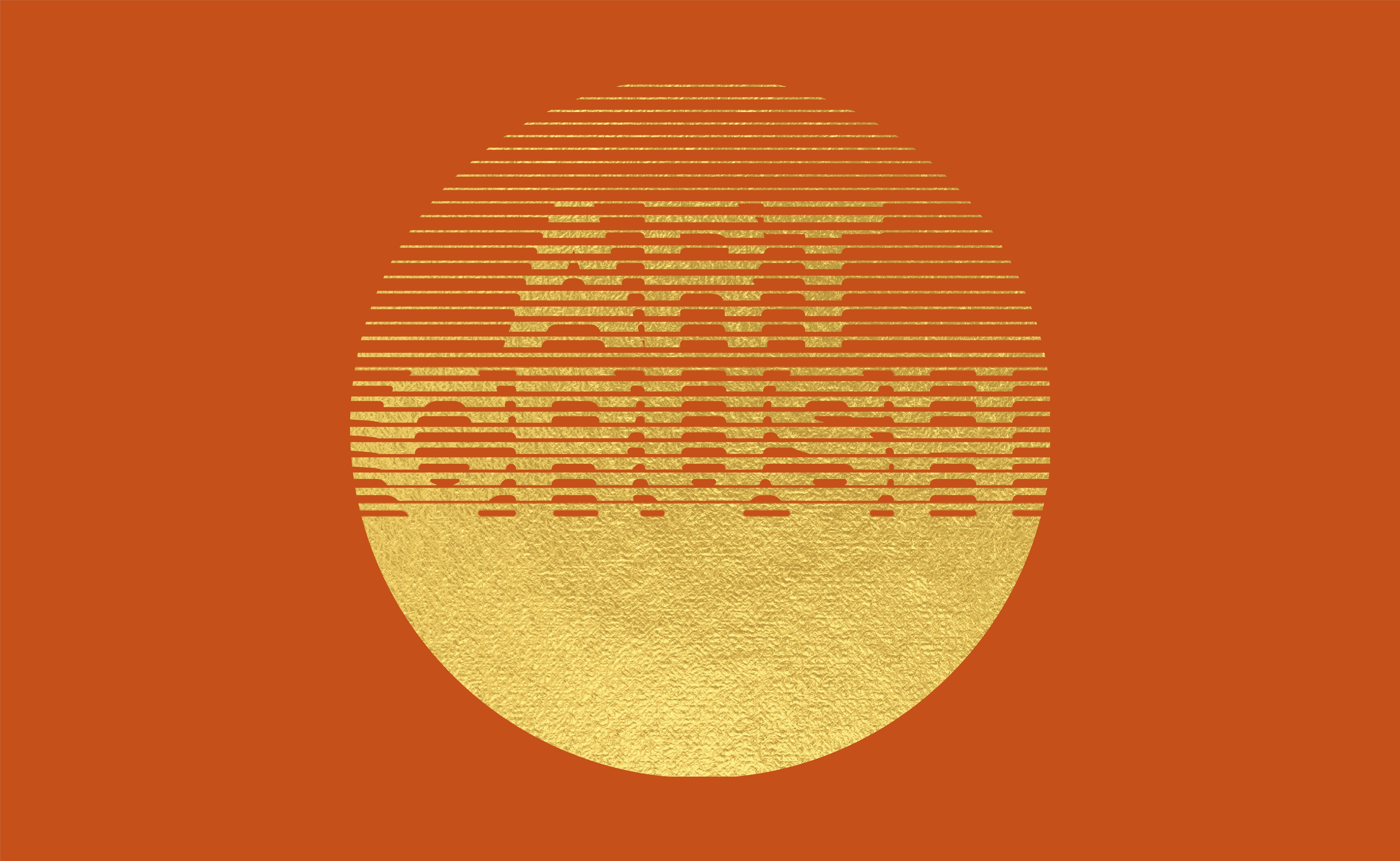Aspen Art Museum
- Join us on May 15 for engaging presentations by our esteemed 2024 Artist Fellowship recipients!
- Categories
- All events
- Talks and Lectures
- Member Events

- For more information on how you can join the AAM, please visit the Street Level Visitor Information Desk, inquire in the Shop, or call 970.925.8050.

- Swedish Hill Café is now open with extended hours from 8 AM–5 PM

- Aspen Art Museum is an artist-founded institution dedicated to supporting artists in the development of bold ideas to shape our museum and the field of art today.
Alejandro Cesarco Open Studio: Storytelling
Activity
The proposed exercise consists in reutilizing newspaper photographs to tell new stories.
Stories help us understand and communicate reality to others and ourselves, and thus have a very powerful role in society. If we distrust or question the narrative that is being presented to us, or if we create different narratives, could we be, in a way, creating different realities?
Step 1
Leaf through your local newspaper and cut out a group of images that you find ambiguous, startling, captivating, inviting, strange, comical, or familiar. In other words, choose any image that catches your interest—portraits, depictions of events, advertisements, etc.
Step 2
Play with these images by arranging and rearranging them. Think about what stories they tell according to how they are sequenced. (You may decide to eliminate some images you selected or add some new ones.)
If you feel stuck or uninspired (some people refer to this as “writer’s block”), think about a possible setting for your story (a time and place) and decide on a topic your story will revolve around. Then, to give depth to your characters, ask yourself about their personality, role, name, and relationships. Finally, think about what could be taking place, what has happened and what might happen next. Remember that your story does not need to describe the images; it should rework them in a new way.
Now, place your images onto a large piece of paper or cardboard and decide how you would like to have them interact with your words. You could create a new newspaper layout, a comic strip, an illustrated book, a banner, etc. Paste the images and write out your story however you think it best communicates your intentions.
Step 3 (Optional)
Before you share your story with the rest of the class, you could pass your sequence of images around and have others create different stories, or you could share your story without showing your selection of images, and have others try to illustrate it.
About the Artist
Alejandro Cesarco was born in 1975 in Montevideo, Uruguay. He has exhibited in galleries and museums in the United States, Latin America, and Europe. His most recent solo exhibitions include A Portrait, A Story, And An Ending, Kunsthalle Zürich (2013); Alejandro Cesarco, MuMOK, Vienna (2012); Words Applied To Wounds, Murray Guy, New York (2012); The Early Years, Tanya Leighton, Berlin (2012); A Common Ground, Uruguayan Pavilion, 54th Venice Biennial (2011); One Without The Other, Museo Rufino Tamayo, Mexico City (2011); Present Memory, Tate Modern, London (2010). He was the 2011 winner of the Baloize Art Prize, with his installation The Streets Were Dark With Something More Than Night Or The Closer I Get To The End The More I Rewrite The Beginning, at Art 42 Basel. These exhibitions addressed, through different formats and strategies, Cesarco’s recurrent interests in repetition, narrative, and the practices of reading and translating. He has curated exhibitions in the United States, Uruguay, and Argentina, and a project for the 6th Mercosur Biennial (2007), Porto Alegre, Brazil. He is director of the non-profit arts organization Art Resources Transfer, where he initiated and edits Between Artists, an ongoing series of conversation-based books. Cesarco lives and works in New York. For more information on his work, please visit www.cesarco.info.
free courtesy
Amy & John Phelan
- Aspen Art Museum
- 637 East Hyman Avenue
- Aspen, Colorado 81611
- t: 970.925.8050
- f: 970.925.8054
- info@aspenartmuseum.org
| Hours |
|
Tuesday–Sunday, 10 AM–6 PM
Closed Mondays
|
© 2024 Aspen Art Museum
General operating support is provided by Colorado Creative Industries. CCI and its activities are made possible through an annual appropriation from the Colorado General Assembly and federal funds from the National Endowment for the Arts.



General operating support is provided by Colorado Creative Industries. CCI and its activities are made possible through an annual appropriation from the Colorado General Assembly and federal funds from the National Endowment for the Arts.











